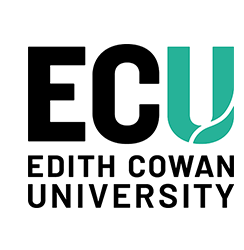Author Identifier (ORCID)
Muhammad Hassnain: https://orcid.org/0000-0001-7317-4608
Muhammad Rizwan Azhar: https://orcid.org/0000-0002-5938-282X
Abstract
Traditional methods for determining biological oxygen demand (BOD) from industrial water resource recovery facilities (WRRFs) are time-consuming and often impractical for real-time process control. This study explores the application of machine learning (ML) and artificial intelligence (AI) models for the prediction of final effluent BOD (F-BOD) based on physicochemical and operational parameters by leveraging nineteen years of historical laboratory and instrumentation data from the WRRF of an essential oil manufacturing plant. The predictions from these models are then used to simulate the process dynamics, assessing the optimal operational boundary conditions for all input parameters at which the target (F-BOD) falls within the bounds of the best operating point, with minimal process implications and environmental impact. A simple graphical user interface (GUI) was developed to visualise and automate model training, predictions, and simulation processes. The models' performance evaluation indicated that Extra Trees (ExT) is the best-performing model for prediction, with a coefficient of determination (R2) of ~0.98 on test data and ~0.96 on unseen validation data, while the Neural Networks (NN) model is identified as the best-performing model for simulation purposes. Feature importance, ablation study and Shapley Additive explanations (SHAP) analyses identified final effluent chemical oxygen demand, influent wastewater flow rate, and recycle sludge flow as the most influential predictors of F-BOD. The study highlights that AI can not only reduce costs by substituting five-day BOD tests with soft sensor predictions but also has the potential to enhance process efficiency, control, and safety in WRRFs.
Document Type
Journal Article
Date of Publication
10-1-2025
Volume
78
Publication Title
Journal of Water Process Engineering
Publisher
Elsevier
School
School of Engineering
Creative Commons License

This work is licensed under a Creative Commons Attribution 4.0 License.


Comments
Hassnain, M., Lee, S. M., & Azhar, M. R. (2025). Soft sensing of biological oxygen demand in industrial wastewater using machine learning models. Journal of Water Process Engineering, 78, 108699. https://doi.org/10.1016/j.jwpe.2025.108699